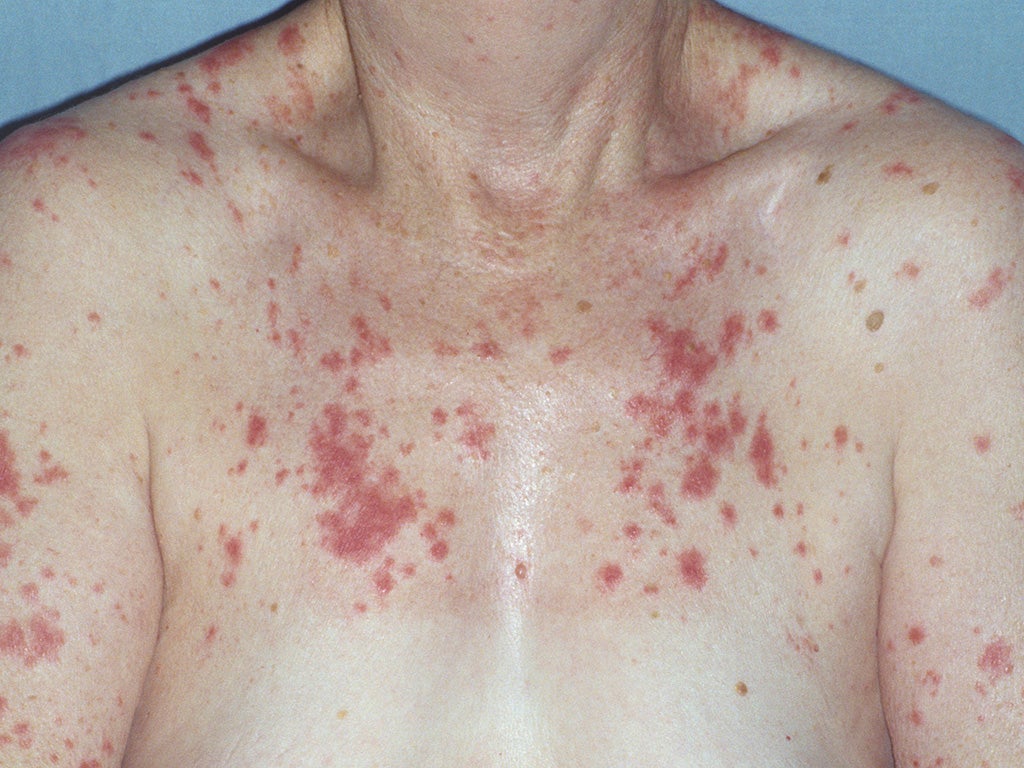What is lupus, what are the symptoms and is treatment readily available?
A survey of over 3,000 people with lupus showed that the average number of years between someone experiencing their first symptom and receiving a diganosis is 7.5 years

What is lupus?
Lupus is an illness of the immune system, a condition in which the body’s defence mechanism begins to attack itself through an excess of antibodies in the blood stream, causing inflammation and damage in the joints, muscles and other organs. It is a highly variable disease affecting individuals differently. 90% of lupus patients are female with most receiving a diagnosis between the ages of 15 and 45, it can also affect men and young children.
How common is it?
Lupus is a complicated and poorly understood condition. A survey of over 3,000 people with lupus showed that the average number of years between someone experiencing their first symptom and receiving a diganosis of lupus is 7.5 years. During this time patients are unlikely to receive the necessary treatment to lessen the impact of the main symptoms and to limit potential damage to the kidneys, heart, lungs or brain.
Lupus is often triggered in people where there is family history of lupus and/or other immune system illnesses such as arthritis, MS and rheumatism. Afro-Caribbeans and Asian people are more prone to having lupus. Differing environmental factors may also contribute to the initiation of the illness in some patients.
Lupus is neither infectious nor contagious, and can be triggered:
- at puberty
- during the menopause
- after childbirth
- after viral infection
- through sunlight
- as a result of trauma
- after a prolonged course of some medications
What are the symptoms?

Lupus is a disease which can present many different facets. Rarely do two people have exactly the same symptoms, and these can vary from just one to many. Although there are many possible manifestations of lupus, those listed are some of the more common.
A person with lupus may have four or five symptoms, where some of these might recede and/or others develop. The two major symptoms of lupus appear to be joint/muscle aches and pains, and extreme fatigue and weakness. Other symptoms include:
- Permanent rash over cheeks
- Increased risk of miscarriage
- Rashes from sunlight/UV light
- Flu-like symptoms and/or night sweats
- Weight gain or loss
- Inflammation of the tissues covering internal organs with associated chest and/or abdominal pain
- Seizures, mental illness or other cerebral problems
- Headaches, migraine
- Kidney problems
- Oral/nasal ulcers
- Hair loss
- Depression
- Haematological disorders including anaemia
- Swollen glands
How is it treated?
There is at present no cure for lupus but careful monitoring of the disease and a treatment programme with medication adjusted as appropriate enables the condition to be controlled, most patients being able to live a normal life span. Doctors will usually only keep the patient on high impact medication for as short a period as possible.
Various medications are available to treat lupus, the most commonly used are non-steroidal anti-imflammatory drugs (NSAIDS), anti-malarials (Hydroxychloroquine) Corticosteroids and Immunosuppressives. There are on-going trials of biologic drugs which should improve the outlook for lupus patients.
Geraldine Leonard is Assistant Director at LUPUS UK
Join our commenting forum
Join thought-provoking conversations, follow other Independent readers and see their replies
0Comments